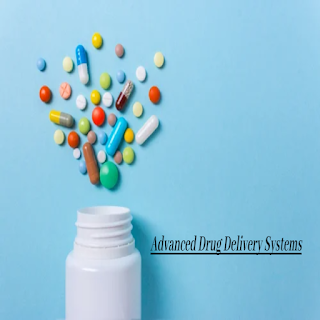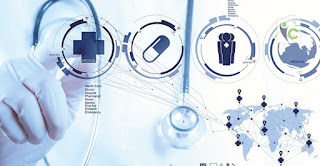Advanced Drug Delivery Systems Market Seeking Growth from Emerging Markets, Sourcing Strategy and Downstream Buyers To 2028
Drug
delivery is the method of administering a pharmaceutical compound (drugs) to
achieve a therapeutic effect in both humans and animals. Advanced drug delivery systems (ADDS) refer to technologies
used to control the rate of drug release. These systems are improved methods
for delivering the drug molecule to the targeted site in a controlled manner. Advanced drug
delivery systems offer convenient options to patients, such as easy drug administration, short
administration time, dose accuracy, and improved patient adherence. However,
the type of the technology used depends on the type of disease, type of
drug and desired effect.
Rise in
prevalence of chronic diseases,
such as cancer, around the world, is expected to provide significant growth
opportunities for players in the advanced drug delivery systems. For instance,
advanced drug delivery systems are
carriers for a wide range of pharmacotherapies used in many applications,
including cancer treatment. Thus, with the increase in prevalence of cancer,
the use of advanced drug delivery systems is also increasing. According to the
World Health Organization (WHO), cancer was
the leading cause of death worldwide, accounting for nearly 10 million deaths
in 2020, or nearly one in six deaths.
Prodrugs have advanced from being
discovered by possibility and used as a salvage effort to just being designed explicitly.
The advanced drug delivery system contains oral, parenteral, pulmonary,
subcutaneous, transdermal, and carrier-based systems such as nanostructures,
Nanospheres, Nanocapsules, nanoparticles, and Nano-sized vesicular carriers
including such liposomes, noisome, dendrimers, and synthetic polymer or
lipid-based carriers, and other drug delivery systems.




Comments
Post a Comment